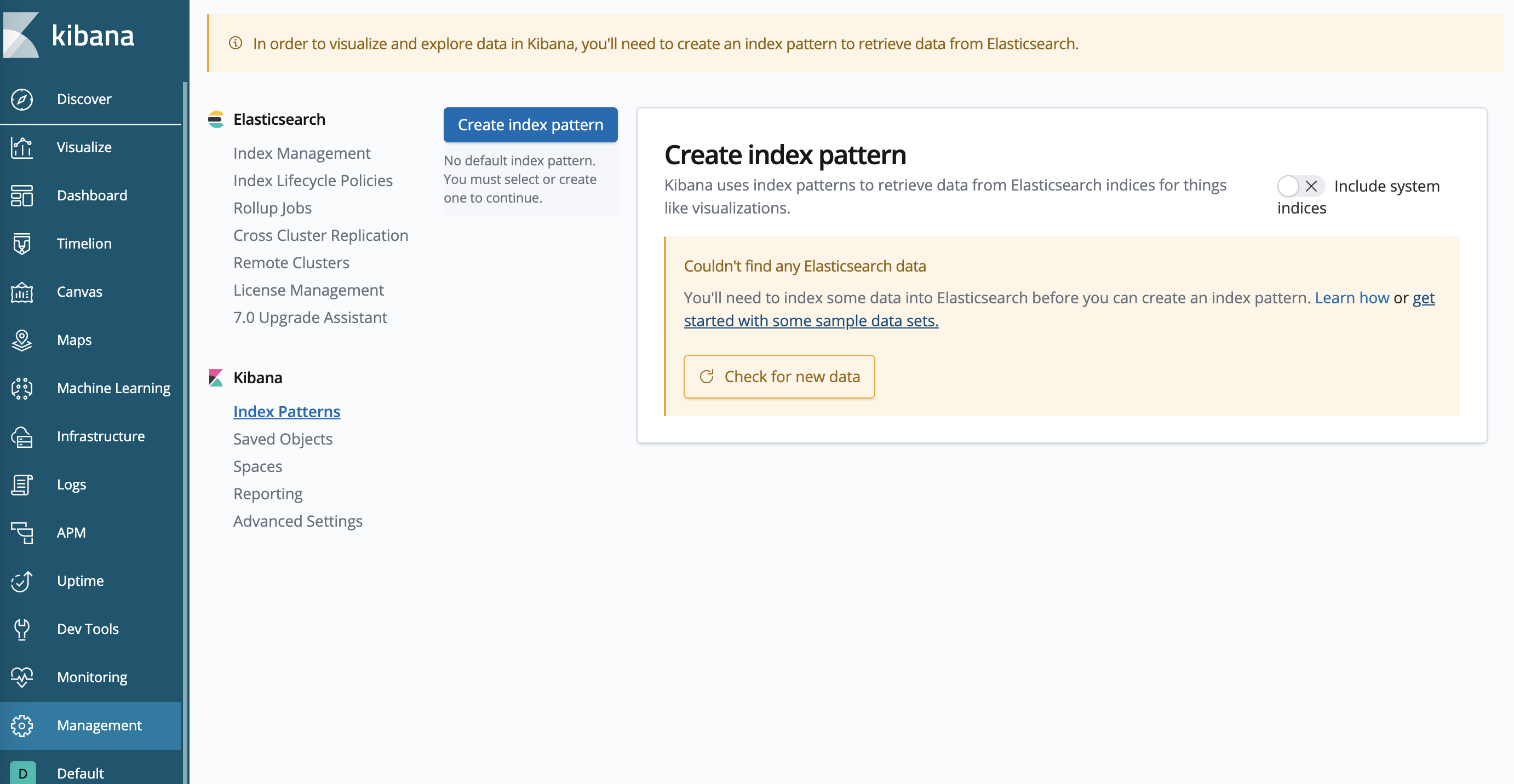
For example, you can specify pipeline settings, the location of configuration files, logging options, and other settings. You can set options in the Logstash settings file, logstash.yml, to control Logstash execution. Logstash includes among others, the following settings file: The settings files are already defined in the Logstash installation. settings files, which specify options that control Logstash startup and execution.conf extension in the /etc/logstash/conf.d directory and ignores all other files.Ī Logstash config file has a separate section for each type of plugin you want to add to the event processing pipeline. You can reference event fields in a configuration and use conditionals to process events when they meet certain criteria. To configure Logstash, you create a config file that specifies which plugins you want to use and settings for each plugin. pipeline configuration files, which define the Logstash processing pipeline You create pipeline configuration files when you define the stages of your Logstash processing pipeline.

Logstash has two types of configuration files: Inputs and outputs support codecs that enable you to encode or decode the data as it enters or exits the pipeline without having to use a separate filter. Inputs generate events, filters modify them, and outputs ship them elsewhere. The Logstash event processing pipeline has three stages: inputs → filters → outputs. In a previous article, I started with the installation of Filebeat (without Logstash).īut this time I want to use Logstash. When installing Filebeat, installing Logstash (for parsing and enhancing the data) is optional. Install the Elastic Stack products you want to use in the following order: Each Key must be unique for a given object. Each object can have a set of key/value labels defined. Labels can be attached to objects at creation time and subsequently added and modified at any time. Labels can be used to organize and to select subsets of objects. Labels are intended to be used to specify identifying attributes of objects that are meaningful and relevant to users, but do not directly imply semantics to the core system. Labels are key/value pairs that are attached to objects, such as pods.

In the table below, you can see an overview of the booksservice Pods that are present in the demo environment, including the labels that are used: Spring Boot application Via log aggregation, the log information becomes available at a centralized location. So, it’s not always easy to now where in your environment, you can find the log file that you need, to analyze a problem that occurred in a particular application. In a containerized environment like Kubernetes, Pods and the containers within them, can be created and deleted automatically via ReplicaSet’s. And now also I will be using that environment. In a previous series of articles, I talked about an environment, I prepared on my Windows laptop, with a guest Operating System, Docker and Minikube available within an Oracle VirtualBox appliance, with the help of Vagrant. I leave it up to you to decide which product is most suitable for (log) data collection in your situation. Installed as an agent on your servers, Filebeat monitors the log files or locations that you specify, collects log events, and forwards them to either to Elasticsearch or Logstash for indexing. įilebeat is a lightweight shipper for forwarding and centralizing log data. In 2015, a family of lightweight, single-purpose data shippers were introduced into the ELK Stack equation. Logstash is a server -side data processing pipeline that ingests data from multiple sources simultaneously, transforms it, and then sends it to a “stash” like Elasticsearch. The Elastic Stack is the next evolution of the ELK Stack.

In a previous article I already spoke about Elasticsearch (a search and analytics engine) and Kibana (which lets users visualize data with charts and graphs in Elasticsearch). “ELK” is the acronym for three open source projects: Elasticsearch, Logstash, and Kibana. Fluentdįluentd is an open source data collector, which lets you unify the data collection and consumption for a better use and understanding of data. One popular centralized logging solution is the Elasticsearch, Fluentd, and Kibana (EFK) stack. In this article I will talk about the installation and use of Filebeat in combination with Logstash (from the Elastic Stack). In a previous article I described how I used ElasticSearch, Filebeat and Kibana, for log aggregation (getting log information available at a centralized location).


 0 kommentar(er)
0 kommentar(er)
